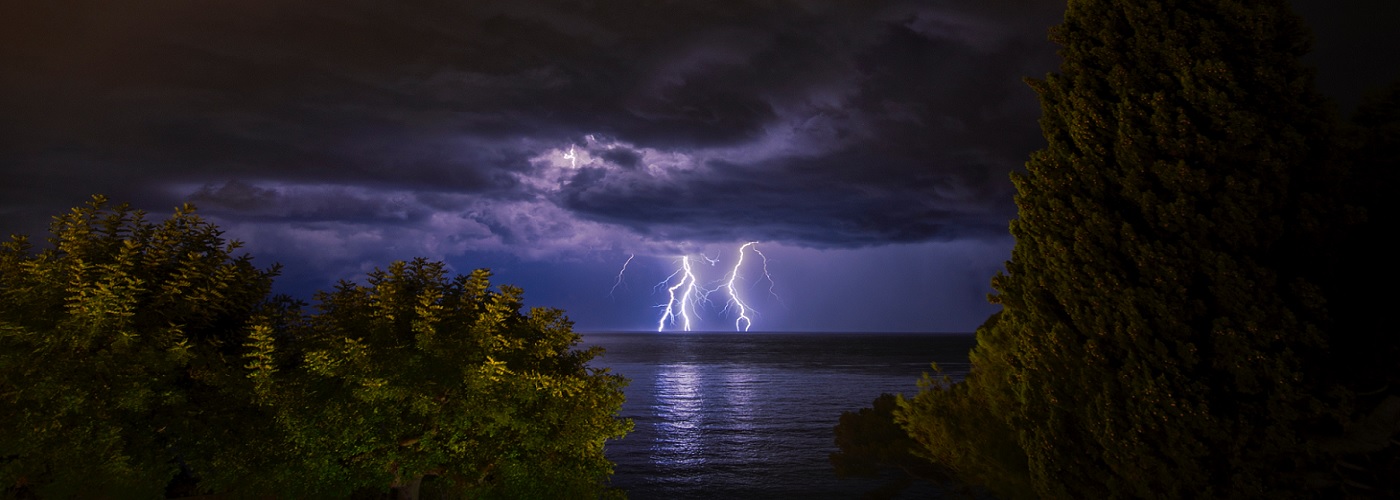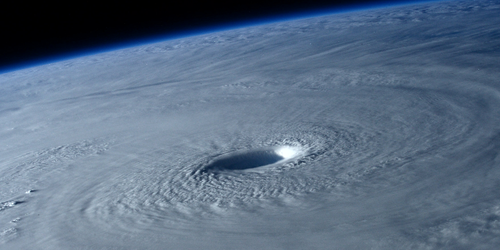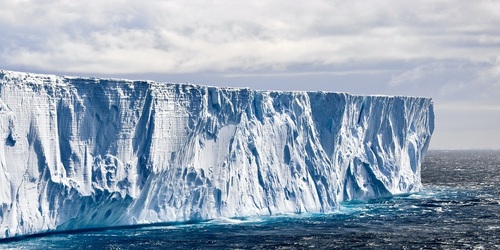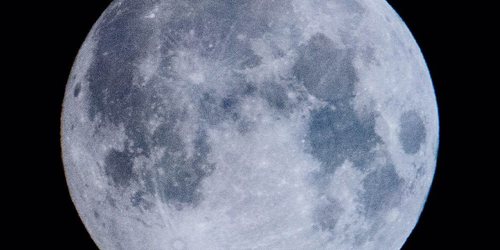

Throughout the summer season, large complexes of thunderstorms routinely impact the central and northern Plains of the US. Meteorologists call large complexes of thunderstorms mesoscale convective systems (MCS). These storm complexes will oftentimes bring heavy rains along with the potential for high winds and hail. Much of the rain that falls during the mid summer months over the Plains can be attributed to MCS’s. One of the most important ingredients needed for an MCS to form is something called a low level jet.
Most of us are familiar with the upper level jet streams that occur across the globe. The two main upper level jet streams are known as the polar and subtropical jet streams. These are pivotal to forecasters as they act as highways for weather systems. Upper level jet streams are found between 25,000 and 35,000 feet above the surface. Low level jet streams are typically found around 5,000 feet aloft. A strong low level jet may have winds over 60 mph while strong jet stream winds can exceed 200 mph.
Low level jet streams form at night, which is why they are often referred to as nocturnal low level jets. These jet streams routinely orient themselves in a south to north orientation across the western Plains of the US. They often start near the Gulf of Mexico in Texas or Louisiana and then snake their way northward into the central and/or northern Plains region. As they head north, they transport warm air and humidity into the Plains. This northward transport of warm and humid air can result in late night thunderstorms at the north end of the low level jet stream. The low level jet also acts to support storms that develop during the afternoon or early evening hours and can keep them going into early the next morning. The low level jet gives the storms a constant supply of moisture to keep them together for long periods of time.





